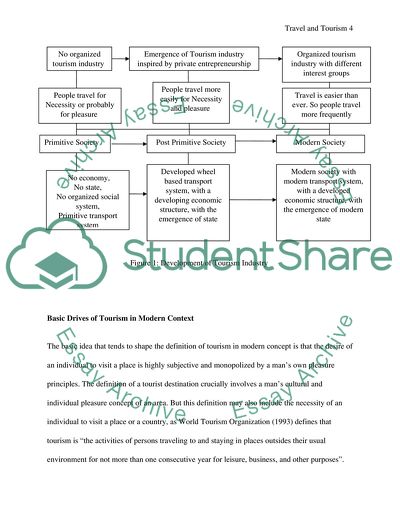Cite this document
(Travel and Tourism Environment from an Analytical Perspective Case Study, n.d.)
Travel and Tourism Environment from an Analytical Perspective Case Study. Retrieved from https://studentshare.org/tourism/1744295-travel-and-tourism-enviroment
Travel and Tourism Environment from an Analytical Perspective Case Study. Retrieved from https://studentshare.org/tourism/1744295-travel-and-tourism-enviroment
(Travel and Tourism Environment from an Analytical Perspective Case Study)
Travel and Tourism Environment from an Analytical Perspective Case Study. https://studentshare.org/tourism/1744295-travel-and-tourism-enviroment.
Travel and Tourism Environment from an Analytical Perspective Case Study. https://studentshare.org/tourism/1744295-travel-and-tourism-enviroment.
“Travel and Tourism Environment from an Analytical Perspective Case Study”, n.d. https://studentshare.org/tourism/1744295-travel-and-tourism-enviroment.


